Big cats, renowned for their strength, speed, and stealth, also possess another critical tool in their predatory arsenal: a highly developed sense of smell. This article delves into how big cats use their olfactory abilities to track prey over long distances, contributing significantly to their survival and success as apex predators.
An Overview of Olfaction in Big Cats
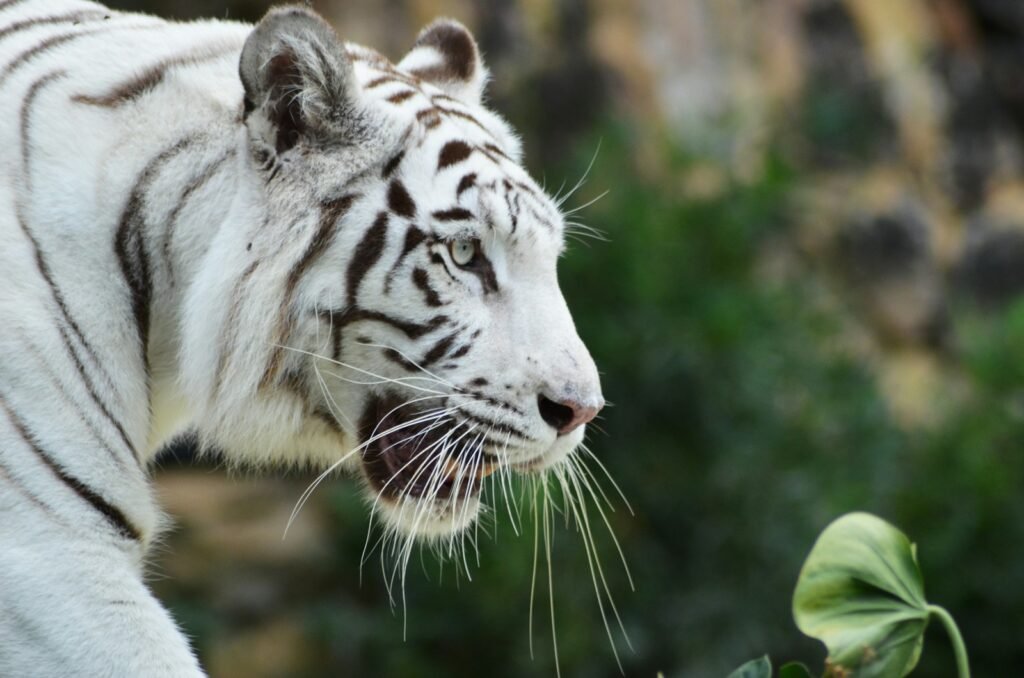
The sense of smell, or olfaction, is an essential sensory system for many animals, including big cats. This sense plays a crucial role in communication, navigation, and hunting. For big cats, olfaction is especially vital for locating prey across vast territories where visual cues may not suffice.
The Anatomy of Smell: Big Cat Edition
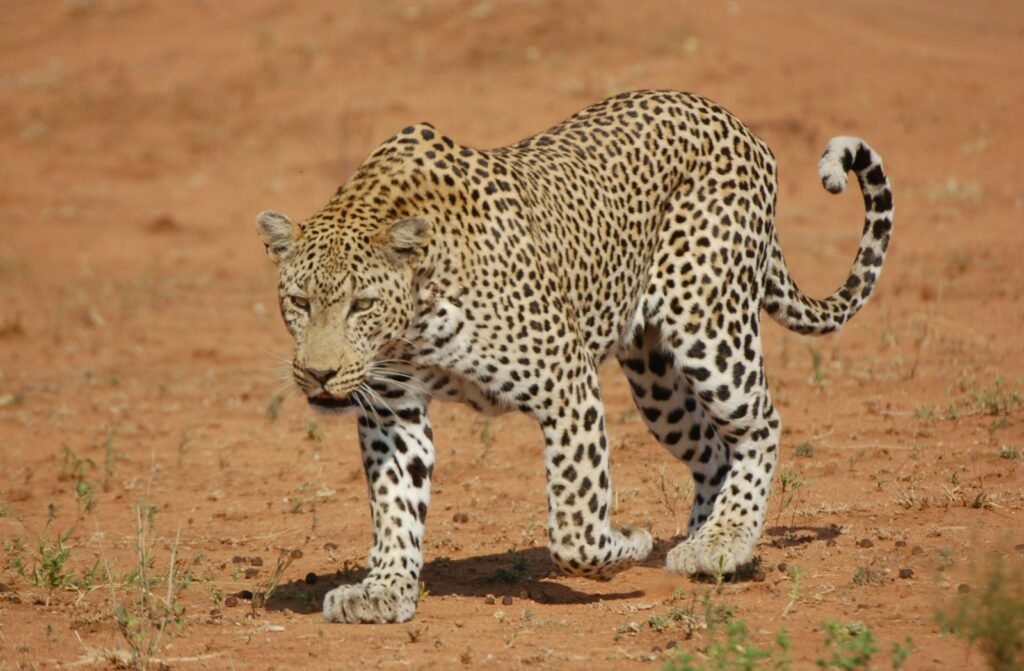
Big cats have a highly adapted olfactory system. Their nasal chamber houses millions of olfactory cells, which are vastly more numerous than those in humans. These cells are equipped to detect even the faintest scent trails left by prey.
The Role of the Jacobsen’s Organ

Also known as the vomeronasal organ, Jacobsen’s organ is a specialized structure that enhances a big cat’s ability to detect pheromones and other scent markers. This organ helps big cats interpret chemical signals, providing information on prey proximity, reproductive status, and even emotional state.
How Scents Provide a ‘Map’ of the Environment
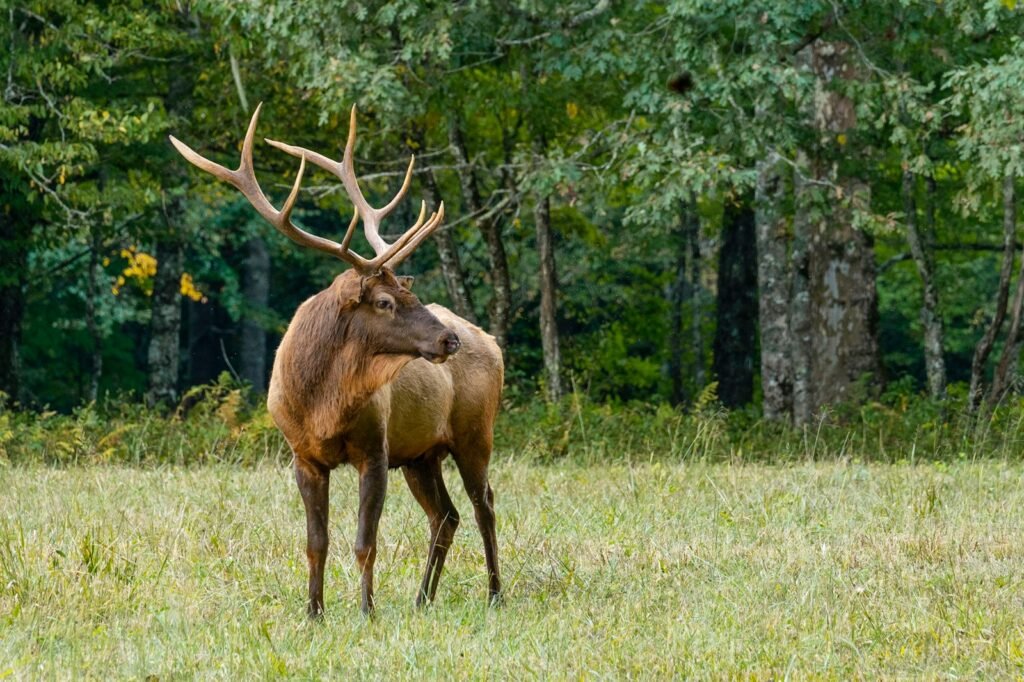
Big cats use scent as a tool to map their environment. Scent markings left by prey, fellow predators, or even members of their own species can inform a big cat about the location of potential food sources or competitors. This map helps them strategize the hunt effectively.
Tracking Prey Over Long Distances
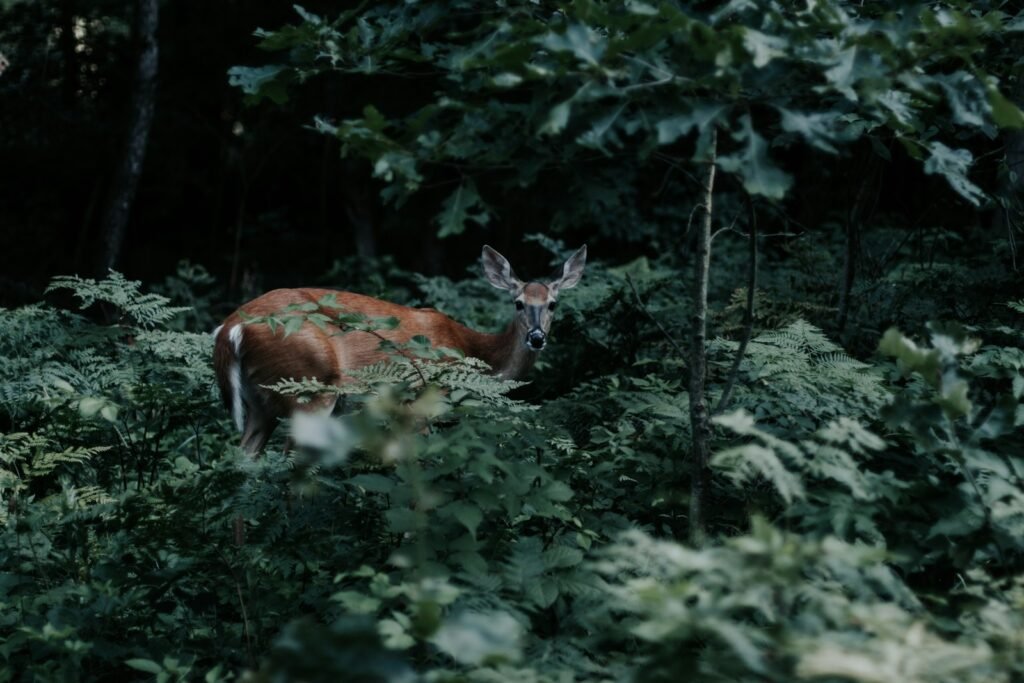
With their acute sense of smell, big cats can track prey over considerable distances. They follow scent trails left by the prey’s footprints, excreta, or skin oil. This ability is particularly advantageous in dense forests or savannas, where visual tracking is challenging.
Hunting Strategies Informed by Olfactory Cues

Olfactory cues inform the hunting strategies of big cats. By analyzing scent concentrations and fresh tracks, they can determine the direction, speed, and even species of the prey, allowing them to plan their approach to minimize energy expenditure and maximize success.
The Role of Scent in Territory and Communication
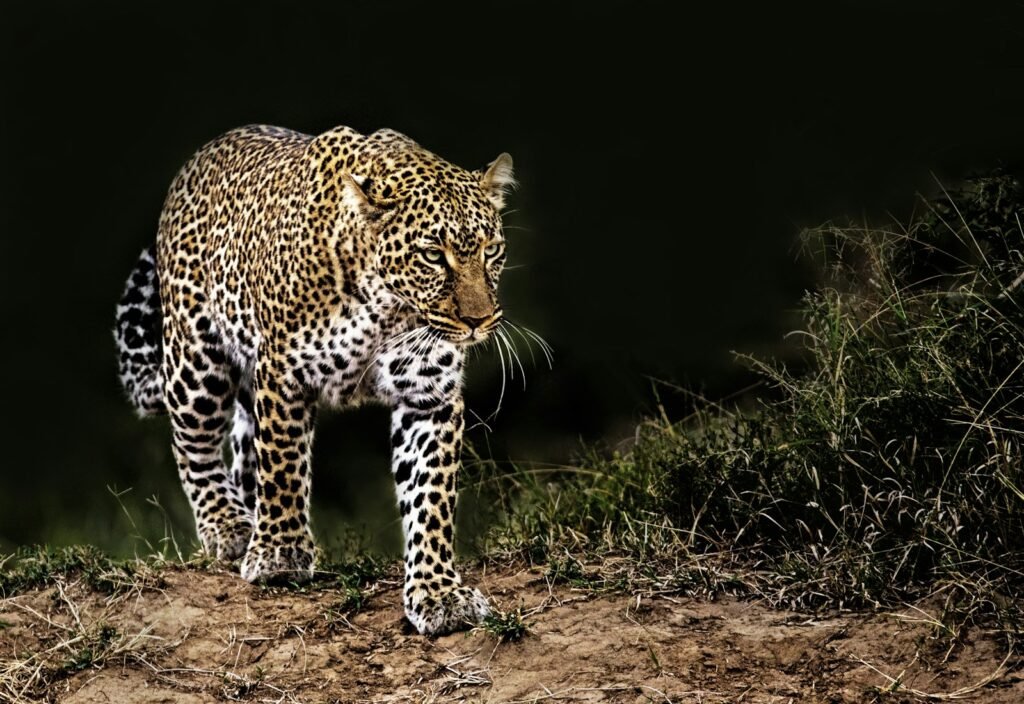
While scent is crucial for hunting, it also plays a significant role in territorial and social behavior. Big cats use scent markings to delineate territory, advertise reproductive status, and communicate with potential rivals or mates. This social aspect of scent impacts hunting as territories are often crossed by multiple predators.
Comparisons Among Big Cat Species
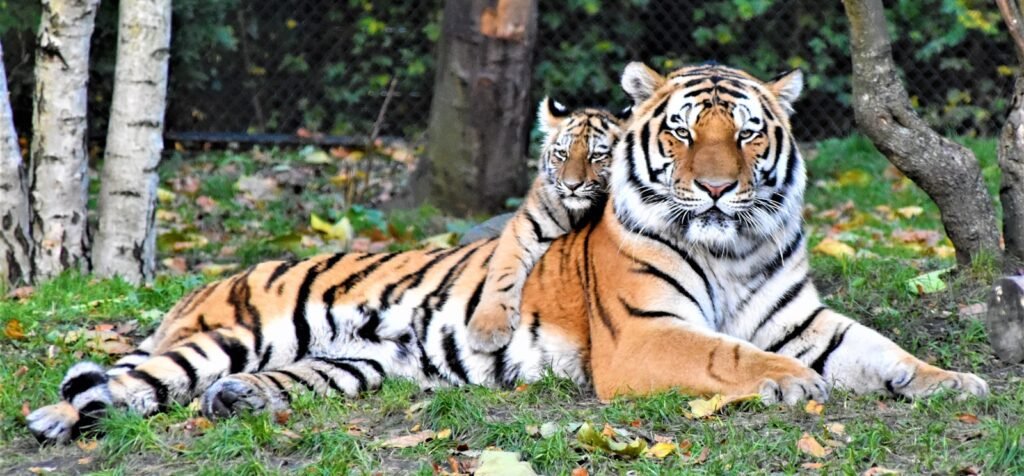
Different big cat species have varying levels of olfactory acuity. For instance, tigers are known to rely heavily on scent for hunting in dense jungles, while lions, living in open savannas, might use a combination of scent and visual cues. Understanding these differences sheds light on the ecological adaptations of each species.
Chemical Signatures: The Unique Scent of Prey
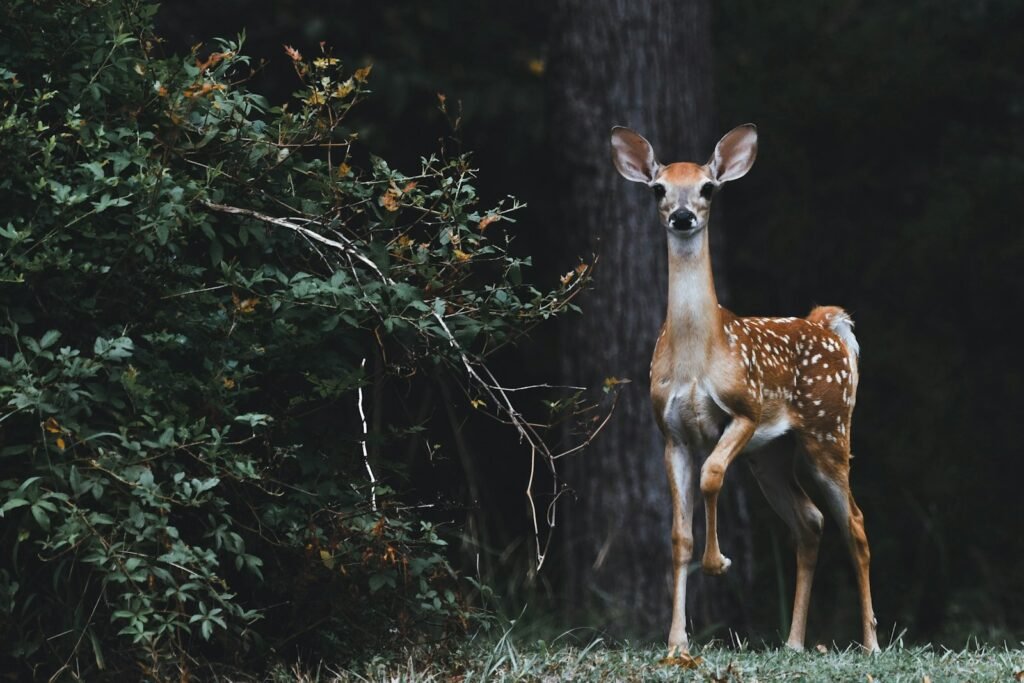
Each species of prey emits a unique chemical signature, which big cats can recognize. This ability to distinguish between different scents enables them to prioritize certain prey over others, depending on factors such as availability, nutritional need, or difficulty of capture.
Challenges to Sense of Smell: Human Encroachment and Climate Change
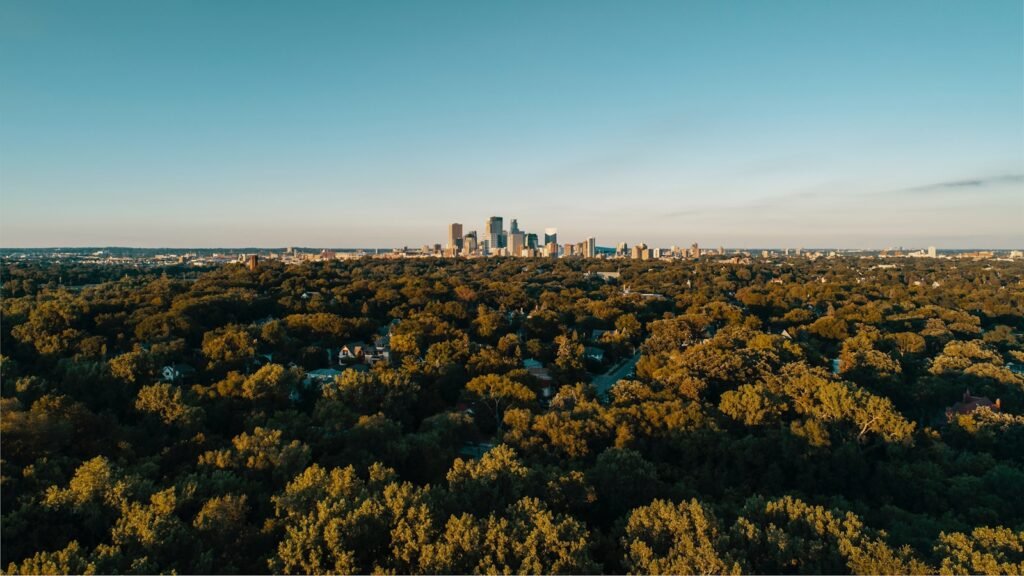
Human activities and climate change increasingly threaten the olfactory landscape for big cats. Pollution can mask scent trails, while habitat fragmentation disrupts traditional hunting grounds. These challenges necessitate adaptive behaviors for survival, placing additional strain on big cat populations.
Conclusion: The Evolutionary Importance of Smell in Big Cats
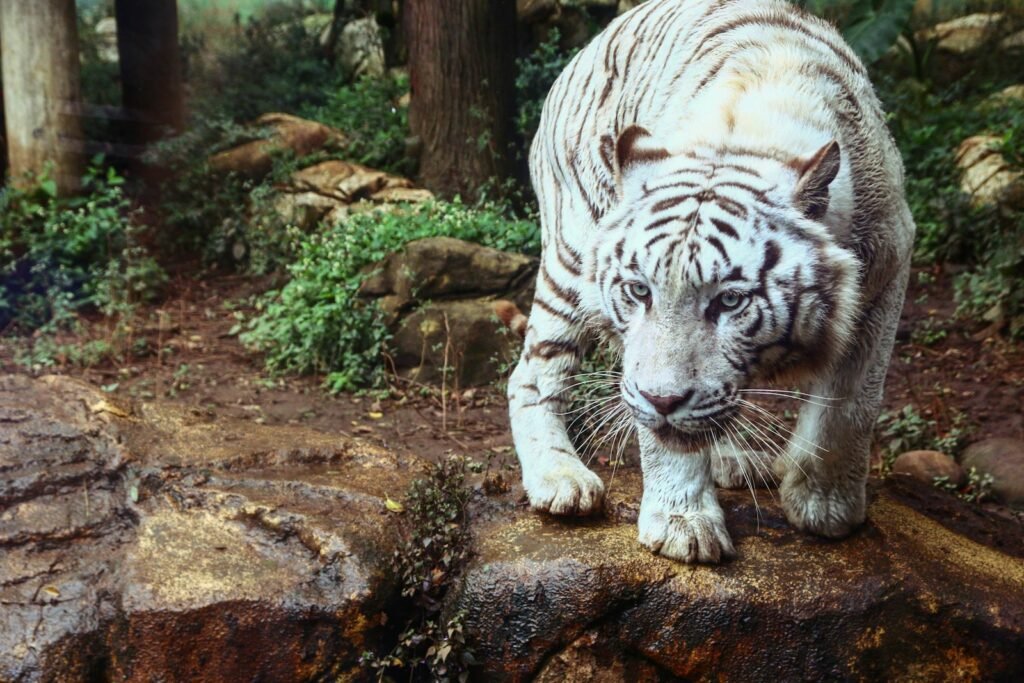
Big cats’ reliance on their sense of smell highlights its evolutionary significance. As a fundamental component of survival and hunting, olfaction has shaped the behavior and evolution of these majestic predators. Understanding how they utilize and adapt this sense informs conservation efforts and our appreciation for these extraordinary animals.

Growing up traveling and experiencing new cultures and wonders, I have had a passion for nature, adventuring, photography, and videography. I am currently working towards a BSc in Biodiversity and Ecology at Stellenbosch University, and I hope to specialise in Marine Sciences one day.
Please send any feedback to Feedback@animalsaroundtheglobe.com





